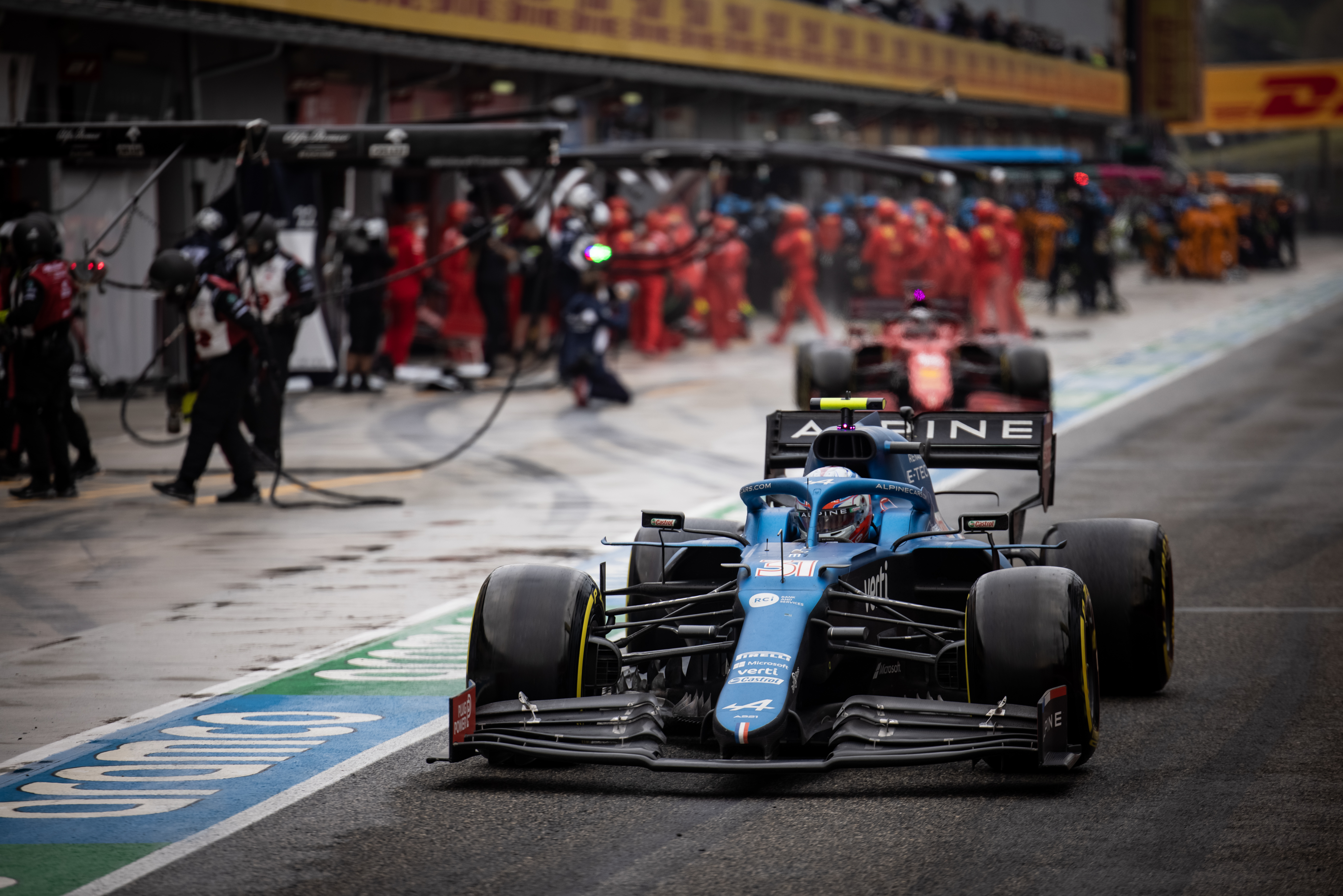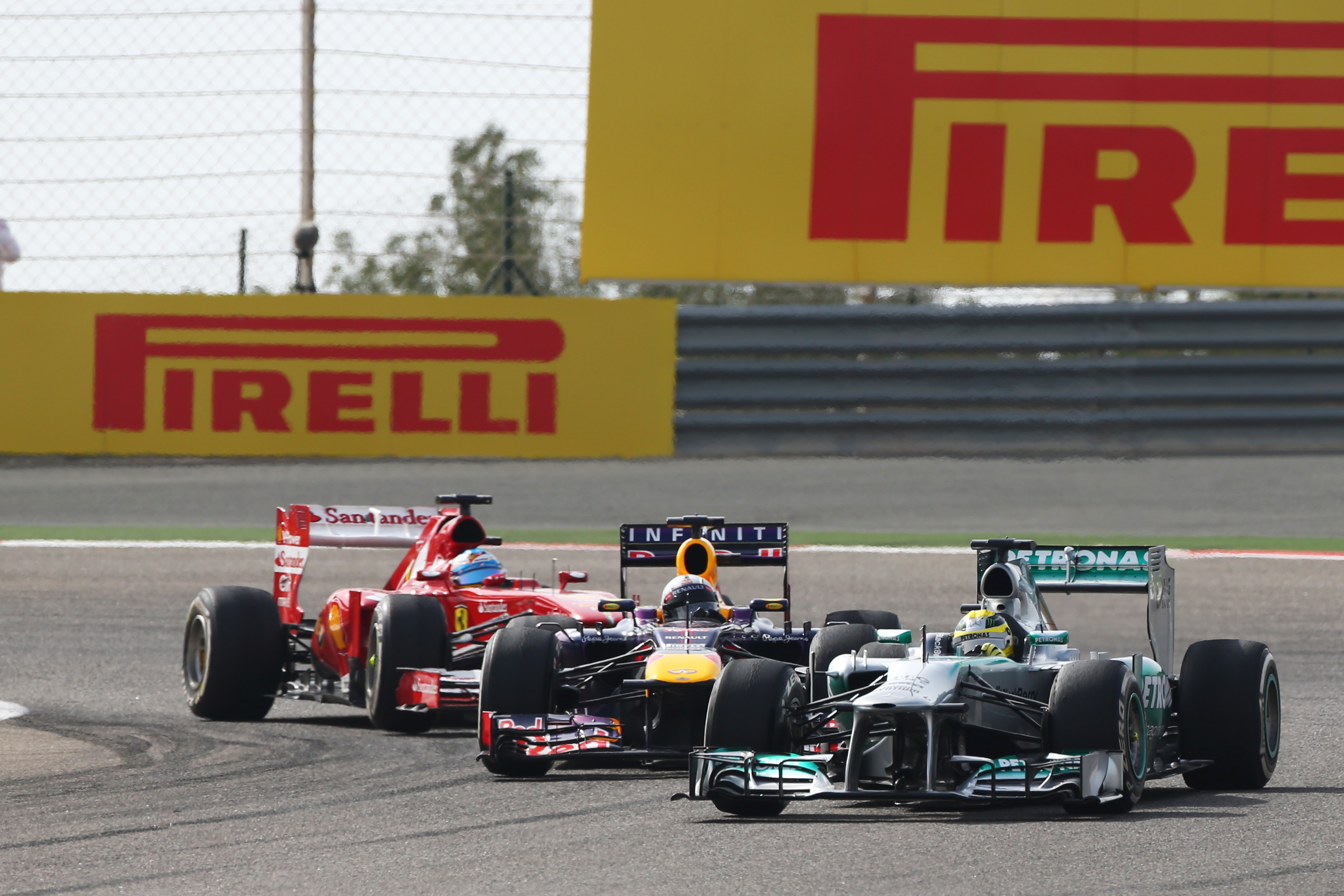For the next four seasons the Formula 1 power units will remain essentially frozen in specification.
We’ve been here before – in the last seven of the eight seasons of the 2.4-litre V8 era.
But in that time the specifications of the engines were more tightly prescribed than with the current turbo hybrid V6s. This time around the greater divergence of specification between manufacturers makes it potentially more difficult to equalise performance.
But it should be emphasised that the FIA is not regulating performance – that was considered but rejected. Rather, it is regulating only that the specification of each power unit remains unchanged for the next four years so as to eliminate an area of necessary development spend.
Obviously, the hope is that Mercedes, Ferrari, Red Bull and Renault produce units which are very closely-matched, but at this stage that is not a given.
The manufacturers have had a year to develop their 2022-25 engines since the terms of freeze were agreed. Mercedes and Red Bull (with its ex-Honda technology) will be basing theirs upon those used in ’21, which were very evenly matched on power, with the latter proving more reliable and suffering less performance degradation with mileage.
The other two, the Renault used by its Alpine-branded team and Ferrari, were a couple of tenths behind but have been developing all-new power units in the hope of correcting that.

But there’s no balance of performance mechanism and if they’ve got it fundamentally wrong with the units set to debut in a few weeks there’s nothing in the regulations to allow them to correct that.
Hopefully, at this late stage of maturity of the hybrid formula no one will have it fundamentally wrong and any differences will be small.
But the effect of a small problem within a hybrid power unit can very easily be magnified as the effects compound.
For example, a reliability problem around exhaust valve temperatures which leads to an enforced reduction in the safe level of turbo boost might then reduce the performance of the internal combustion engine and mean that the power unit can no longer adequately harvest enough energy – and so its deployment will be compromised too. Which in turn would hurt its fuel consumption, making the car heavier at the start of a race and even less competitive. The effect of the fix of that single problem around the exhaust valve would in this case be switch-like.
If any shortfall is of that nature, there is a mechanism within the regulations to correct it, under the guise of reliability. The sporting regulations state: ‘A manufacturer may apply to the FIA during the course of the homologation period to carry out modifications to the homologated power unit elements for the sole purposes of reliability, safety, cost saving, car installation and supply issues.’
But if the problem is more fundamental, there is nothing written in. Obviously the FIA – and the rest of F1 – does not want a lame duck power unit frozen into the regs for the next four seasons and it has been stated that in such a case it might be prepared to allow a development period for any such handicapped engine to allow it to catch up.

We can look back to the V8 era to see how this might be handled. On that occasion the engines were in theory frozen in spec at the end of 2006. But by the beginning of 2007 it was clear that Renault had taken the freeze more literally than the others and having ended ’06 very competitive on power, began ’07 around 20bhp down. The others had finessed reliability fixes which also allowed the engines to be run harder.
Eventually, Renault was given permission to run a development programme to make similar ‘reliability’ upgrades and for much of the remainder of the V8 era there was a remarkable convergence of performance between the manufacturers.
Toyota, BMW, Honda and Cosworth fell by the wayside but Mercedes, Ferrari and Renault proved very evenly matched and the differences tended to be in emphasis rather than outright power.
Mercedes was probably the most all-out potent at the top end and its engines would very often be dominant at Monza. Renault’s attention was focused upon the trick software which facilitated effective exhaust blowing of the diffuser so as to give an aerodynamic advantage. The Ferrari was generally a very effective blend of power and economy.

Engines in the last few years of the V8 formula were not quite ‘plug-in and go’ components but came closer to it than at any time before or since. It is the hope of F1 that they will be similarly close in this second freeze era – but it’s not a given.
This article was prompted by a question asked by Filip Vissers from The Race Members’ Club when we asked for input for this end-of-2021 piece.
If you’d like the opportunity to have your questions answered in articles on the website, as well as getting exclusive members’ only pieces and early access to other articles, click here to find out more about The Race Members’ Club.


